- News
- Reviews
- Bikes
- Components
- Bar tape & grips
- Bottom brackets
- Brake & gear cables
- Brake & STI levers
- Brake pads & spares
- Brakes
- Cassettes & freewheels
- Chains
- Chainsets & chainrings
- Derailleurs - front
- Derailleurs - rear
- Forks
- Gear levers & shifters
- Groupsets
- Handlebars & extensions
- Headsets
- Hubs
- Inner tubes
- Pedals
- Quick releases & skewers
- Saddles
- Seatposts
- Stems
- Wheels
- Tyres
- Tubeless valves
- Accessories
- Accessories - misc
- Computer mounts
- Bags
- Bar ends
- Bike bags & cases
- Bottle cages
- Bottles
- Cameras
- Car racks
- Child seats
- Computers
- Glasses
- GPS units
- Helmets
- Lights - front
- Lights - rear
- Lights - sets
- Locks
- Mirrors
- Mudguards
- Racks
- Pumps & CO2 inflators
- Puncture kits
- Reflectives
- Smart watches
- Stands and racks
- Trailers
- Clothing
- Health, fitness and nutrition
- Tools and workshop
- Miscellaneous
- Buyers Guides
- Features
- Forum
- Recommends
- Podcast
feature
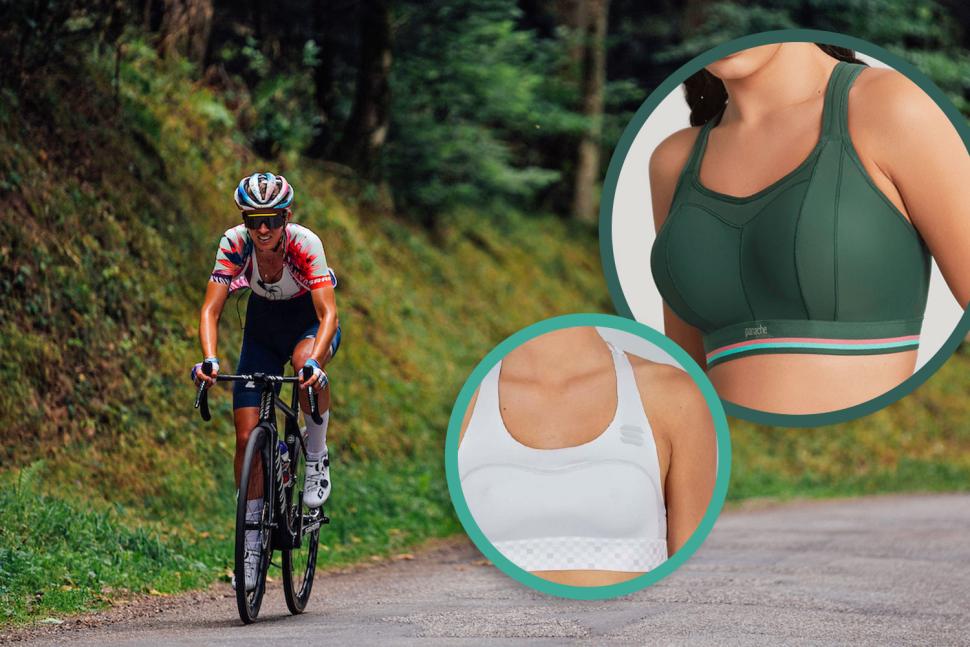 Everything you need to know about sports bras for cycling Nov 2023
Everything you need to know about sports bras for cycling Nov 2023Everything you need to know about sports bras for cycling
You might not think you need a sports-specific bra for cycling, but the benefits of sports bras extend beyond fashion and comfort; they are fundamentally designed to cater to the unique needs of active women and are a necessary addition to female cyclists' wardrobes. We've chatted with bra expert Charly Rhodes from Boobydoo to find out what you should be looking for in a sports bra, and why for anything more than pootling around town, a regular bra probably won't really cut it even for a low-impact sport such as cycling.
Start off with the obvious question then: why do we need sports bras, and could we not just use whatever bra we have? Rhodes stresses that the key differentiator for sports bras lies in their design, material, and significant reduction of breast movement during physical activities. The dense breast tissue requires specialised support to enhance performance and minimise discomfort, making a good sports bra an indispensable accessory for most cyclists, to be worn under the baselayer and cycling jersey.
Much like with cycling bib shorts – you could do without them, but you'd be uncomfortable in the long term. Normal bras offer support, but they are not designed for cycling. They don't stay as put and comfortable as sports bras when you move and sweat a lot - and they might not feel comfortable in a cycling position, either.
As we've already alluded to, you might not feel you need a sports bra - or any type of cycling-specific garment - for short commutes or running errands on your bike, but if you're cycling for sport then wearing kit that is designed to keep you comfortable becomes much more necessary. In this article, we're focussing on the latter...
Considerations for cycling-specific sports bras
While cycling may not immediately come to mind when discussing sports bras, Rhodes quickly points out why a dedicated bra can still be useful. The physical demands of cycling – especially off-road – ask for support, and the potential for heavy sweating requires the bra to be moisture-wicking and breathable. Many cycling clothing brands have their own cycling bra offerings, but you might also consider a running or other sports bra.
This means that a well-constructed, cycling-specific sports bra can enhance performance and help you maintain a good posture when on the saddle. This general need for breast support in sports has been studied in many scientific papers and although many of them have focused on running form (or horseback riding) instead of cycling, the unified findings have shown that a well-fitting and supportive sports bra can enhance sports performance by quite a margin (some studies have shown a seven percent improvement in running performance)– and even reduce the risk of long-term issues with joints or posture.
The movement around the breasts can be distracting and hence detrimental to performance, so it's well worth investing in sports bras that offer you the support you need.
Finding the right sports bra for cycling
As with any cycling clothing, sports bras also come in many different shapes, styles and sizes and it can seem like a daunting task to figure out what serves you best. The three main types of sports bras are compression, encapsulation and hybrid.
> How to get started in cycling, with tips from road.cc readers
The compression sports bras work as the name suggests, by compressing the breasts against the chest to minimise movement. They often lack structured cups may resemble crop tops, and don't usually have clasped closures.
Encapsulation sports bras have separate cups for each breast, providing individual support and shaping. This makes them better for higher-impact activities and those with larger breasts. They can be more rigid in structure than the compression sports bras, with some including an underwire for additional support.
Hybrid sports bras combine features of both compression and encapsulation, offering overall support with individually defined cups. These bras often include moulded cups for shaping and some compression for added stability.
Rhodes says that hybrid sports bras, which combine encapsulation and compression elements, are perhaps the best option for cycling due to their versatility. Cycling is a relatively static sport, which means that a medium-impact sports bra with full coverage is enough for most – but there is a lot of personal preference included in the decision-making.
Those with larger breasts might prefer more support, whereas those with smaller often choose a lighter weight and non-moulded option. When cycling, we also often wear a heart rate monitor, which might play a part in determining what type of sports bra you prefer to wear.
Choosing what bra suits your needs is also linked to how it makes you feel. Having enough coverage can have the psychological benefits of feeling like you don't have to worry about showing off anything you don't want to, and having a sports bra that has a design that you really like can elevate your general mood when out on the bike.
How to choose the right size cycling sports bra
Once you have decided on the style of sports bra you think suits your cycling and perhaps other sports activities, it's time to get the sizing right.
If the style of bras seems overwhelming the world of bra sizing is quite a lot to learn. To simplify, Rhodes says that compression bras are typically sized small, medium, and large, whereas the more high-impact sports bras with underwire and clasp closure have a more structured, less stretchy sizing. This usually means you see a letter (ranging from, for example, A to FF) and a double-digit number following it. The letter refers to the cup size, and the number to the band size.
If you are starting from scratch, the way to measure is called 'under-over'. The first measurement to take is your bust circumference: with your bra on, measure firmly around your rib cage, directly underneath your breasts. This is your band size. Next, you will need to measure the chest circumference. This is the measurement of the fullest part of your bust with the bra on. Both of these measurements in inches will then help you figure out your correct sizing.
Referring to size guides, reviews, and resources provided by brands is crucial to getting the sizing right, but so is measuring yourself correctly. Retailers like Boobydoo offer virtual bra-fitting sessions that are a guaranteed way to get the sizing right, or you can opt to visit a shop or perhaps order multiple sizes to try out at home – because the sizing between brands can vary a lot, too.
A three-step guide to how a well-fitting sports bra feels
Once you've figured out your size in numbers or letters, it's time to see if it actually fits you. Rhodes advises starting with the band size, ensuring it provides support without digging in.
The first thing is to ensure the band of the bra is the right size. It provides 80 percent of the support, so it's essential to get it right. Rhodes suggests that the band should ideally stay level across the back and to check the fit, reaching around behind, and pulling the band away should offer about two inches of give. The resistance should be enough to provide firm support while allowing comfortable movement and breathable.
If the bra has clasps, you should start by wearing it on the outermost clasp so that when the bra loses its elasticity, you can tighten the band further. Rhodes says many women end up wearing sports bras with too loose band size because they're worried about 'back fat' or something that is a bit of a misconception.
"You want something that sits firm because as you move, a loose band will move the other way which can lead to chafing," she notes.
This is followed by the size of the cups, which is more of a visual assessment: they should neither overflow nor leave gaps. Rhodes advises a technique called "swoop and scoop" which essentially means placing your breasts into the cups and checking the fit. If there's overflow or if the cups are visibly empty, adjustments are needed – you can increase or decrease cup sizes until you find the perfect fit.
The straps of your sports bra can also be adjusted to fine-tune the fit. Not all bras have adjustable straps, so if you find that the one you're trying either sits too low or digs into your shoulders, look for an alternative model.
And lastly about sizing: your breasts might change in size slightly throughout the month following the natural hormonal cycle. If you have adjustability on your bra, that might be enough to make your bra accommodate those changes, but you might also want to consider getting a second one that feels more comfortable at that time of the month.
Cycling sports bra wash and care - when to replace your sports bra
As with any clothing, sports bras wear out as they go through regular wear and washing cycles. As bras undergo the washing cycle, the fabric stretches, and over time, the back of the bra may begin to ride up, which can eventually even lead to potential postural issues.
If your sports bra has clasps, you can move up a clasp every few months - otherwise, you need to look at a new bra altogether. Making sure your sports bra fits snugly and has enough adjustment is essential and Rhodes says you might want to look at replacing your bra as often as every year – depending on its wear and how many bras you rotate.
Caring for your bras is quite similar to the rest of your cycling kit: wash them in colder temperatures, preferably in a wash bag and without any fabric softener.

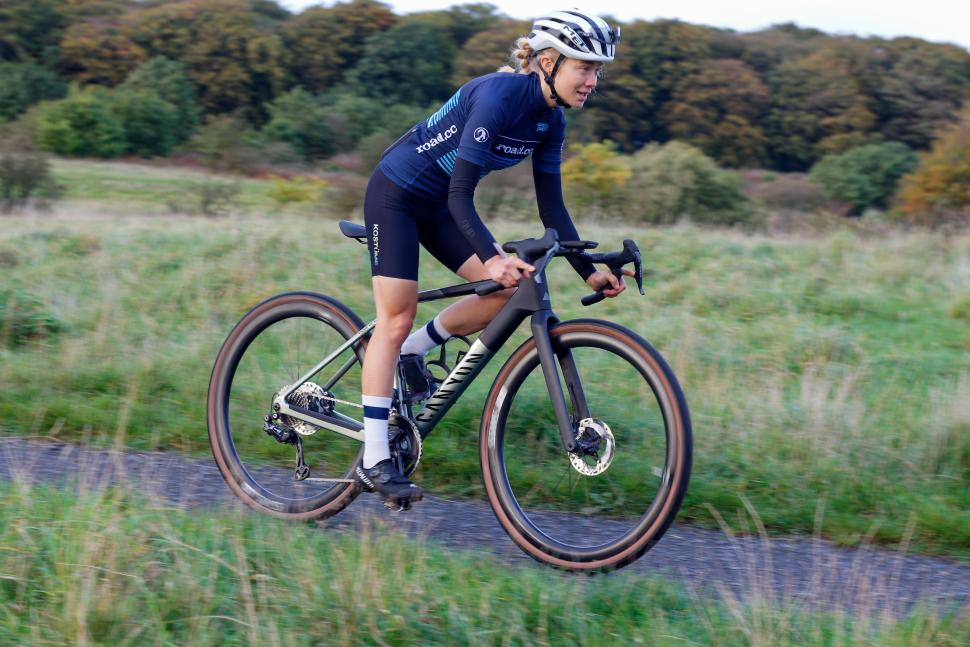

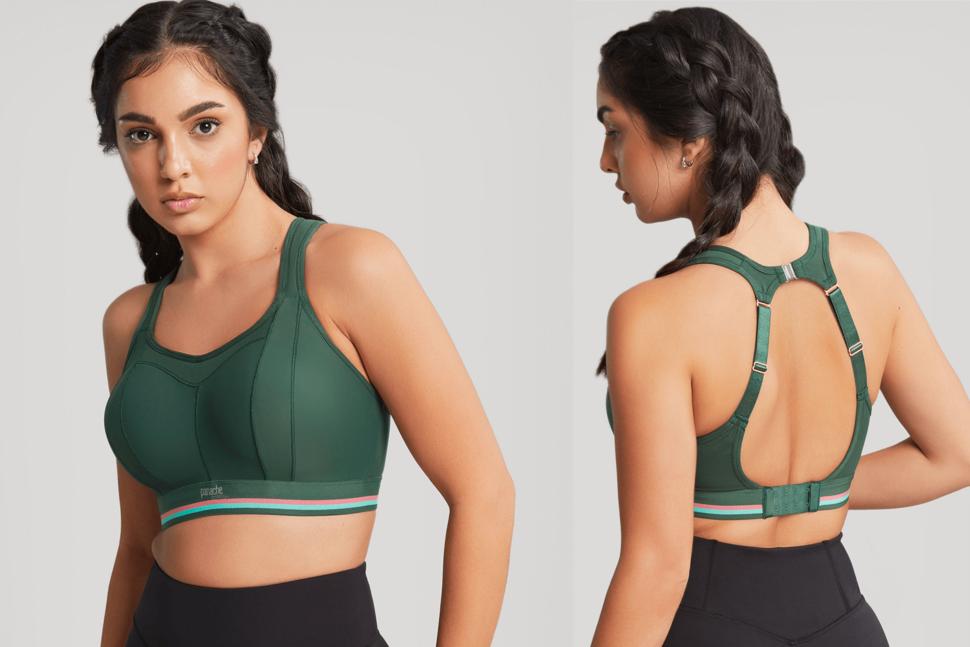
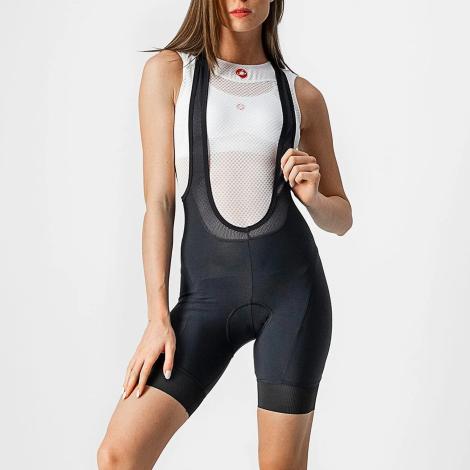


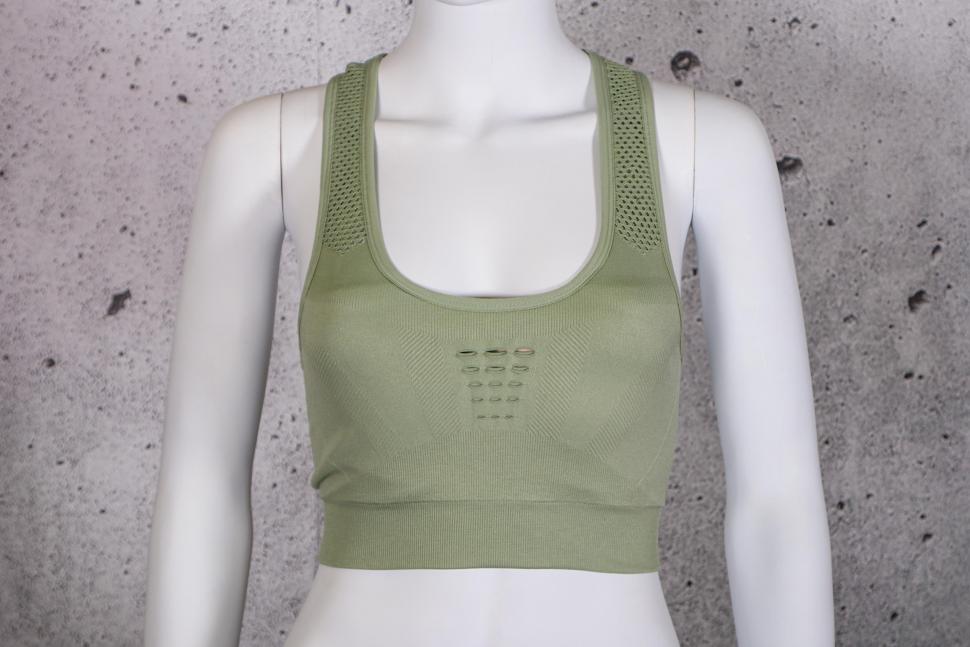
It's sad when being very good at your job - any job - isn't enough to earn a decent living. It shouldn't be that way.
Bont double wide wearer here. Even Lake, for me, are too narrow in the toebox and midfoot, but Lake work for a lot of people....
Bigly!
I seem to recall saint Chris being more on recent BBC road cycling coverage rather than less.
So either it has to have the characteristics of a pogo stick or, more likely, that's a typo for "bunch sprint", which is equally nonsensical...
I never heard of anyone having their leg sliced off / unexpectedly wiping out using a spoon brake, but discs...
Meanwhile, in the Netherlands... (cycling to hospital, s''Hertogenbosch, Utrecht. Cycling to hospital and cycle parking, Assen)....
Sorry to say but your current trainer isn't going to be much use for online training in the way you describe, your virtual trainer will rely on not...
🎵 Sunshine on my shoulders makes me happy, sunshine in my eyes can make me crash. 🎵
The main featured link goes to the actual product - unfortunately the auto-generated widget is pulling in links to the old product right now, but...